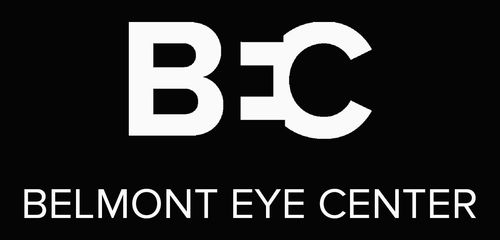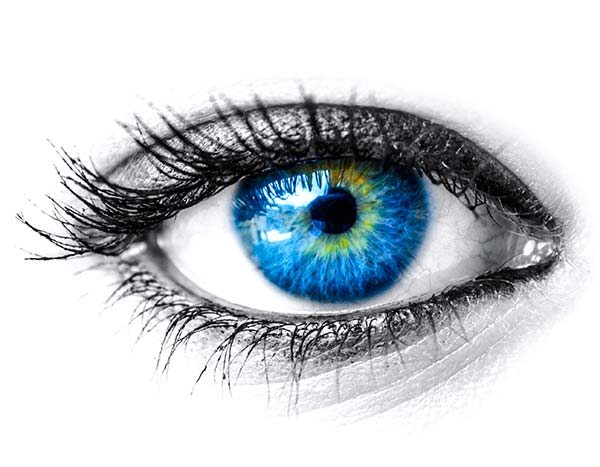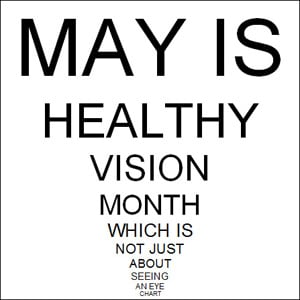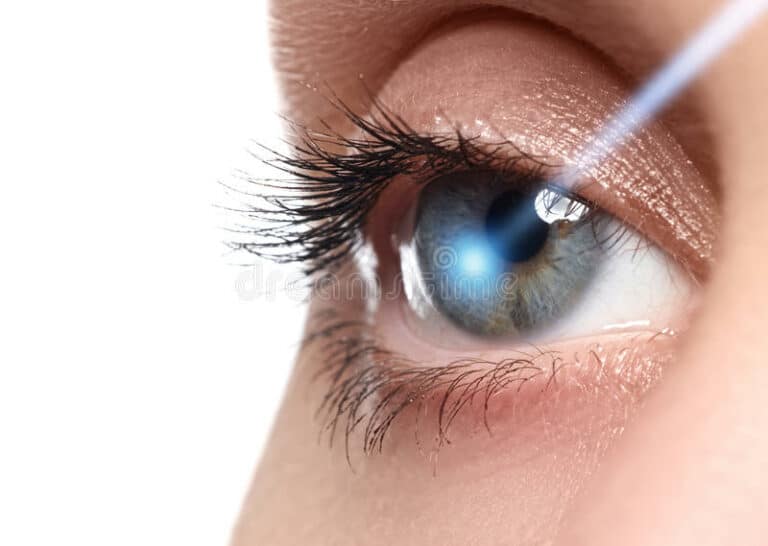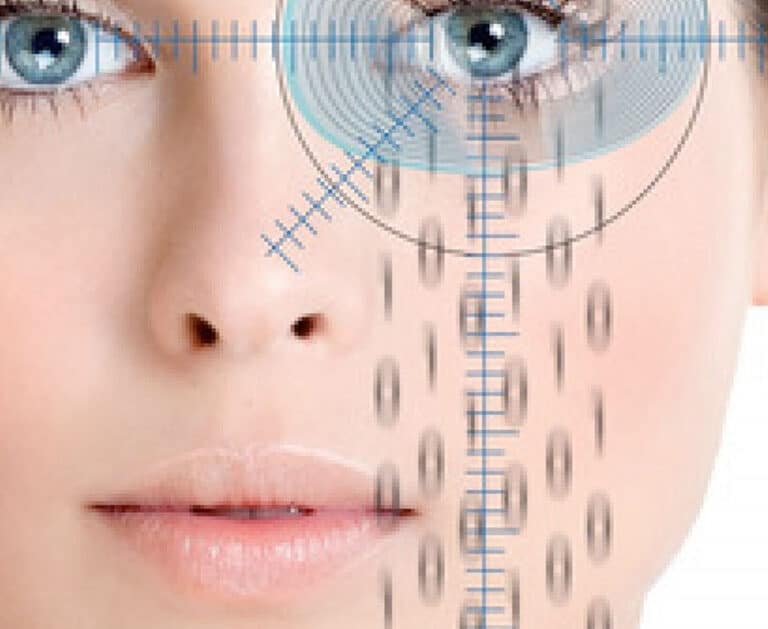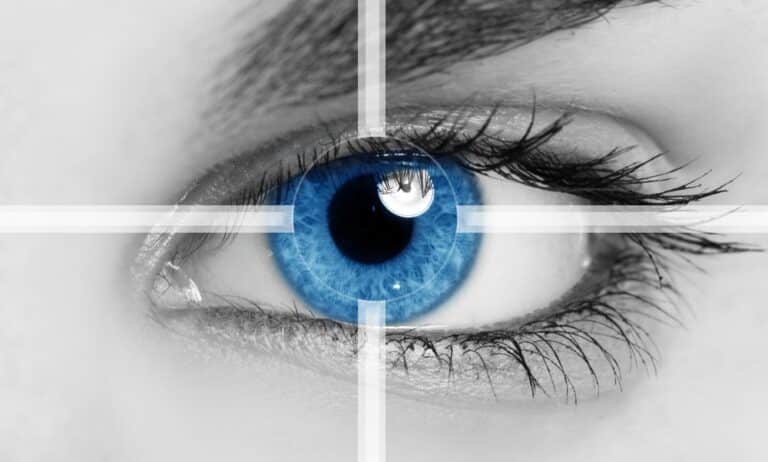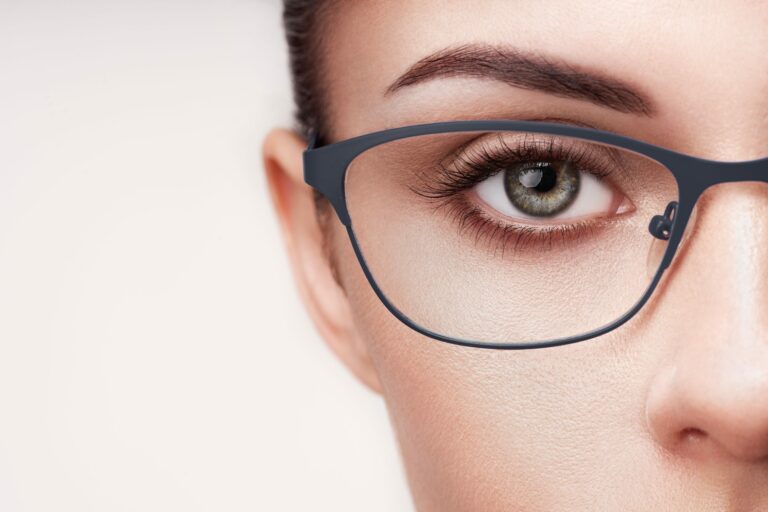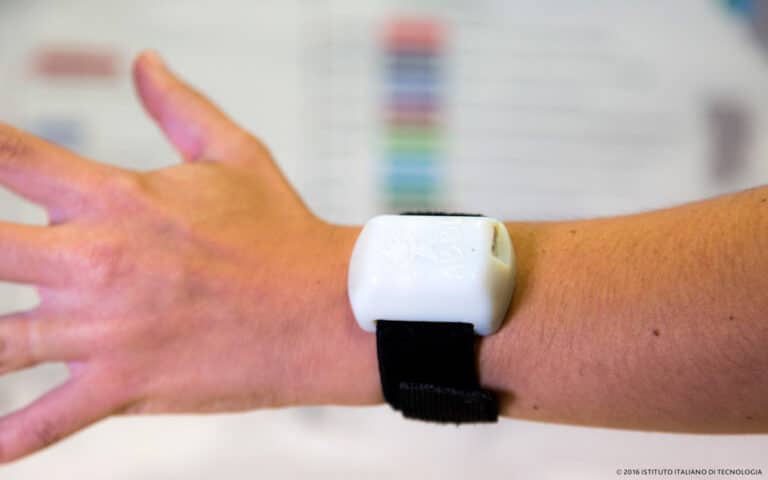Commit to Improving Your Vision for Healthy Vision Month
Did you know more than 23 million American adults have never had an eye exam? Getting regular eye exams can catch vision problems early, when they may be easier to treat. That’s why NEI is interested in making vision health a priority, by encouraging adults to take action to protect their vision and inspiring health…
Read MoreDiet Tips to Keep Your Vision Healthy
Good eye health starts with taking care of your body. Key nutrients like omega-3 fatty acids, lutein, zinc, and vitamins C and E might help ward off age-related vision problems like macular degeneration and cataracts. To get them, fill your plate with key essentials such as: Green leafy vegetables like spinach, kale, and collards Salmon,…
Read MoreMay is Healthy Eye Vision Month: 20/20/20 Trick
May is Healthy Eye Vision Month. Between work, virtual learning, and keeping up with loved ones, the past year has meant more screen time for many of us — and that can lead to eye strain. So give those eyes a rest with the 20/20/20 trick! Between work, virtual learning, and keeping up with loved ones, the…
Read MoreVIDEO: What is the Price of LASIK Eye Surgery? Learn About the Options for Payment of LASIK/PRK
Eye News & Education,LASIK Education & News
Read MoreScientific Resources from Women in Ophthalmology
In celebration of Women Eye Health and Safety Month, learn about some interesting scientific resources from Women in Ophthalmology: Scientific Resources
Read MoreApril is Women’s Eye Health & Safety Month: What You Need to Know
April is Women’s Eye Health & Safety Month. Why devote extra attention to the issue? Women are at greater risk for some eye diseases than men. According to recent studies published in The Lancet Global Health, women carry the greater burden of visual impairment for the majority of diseases studied. There are several potential reasons for…
Read MoreIs Dark Mode Better for Your Eyes?
The default setting on most devices is to display black text on a white background. Setting your device to dark mode means that it will display white text on a dark background. Dark mode is intended to reduce blue light exposure and help with eye strain that comes with prolonged screen time. There’s no definitive…
Read MoreNeuroscientists Unveil Tech for the Vision Impaired: Bionic Eyes, Textured Tablets and More
Devices shift away from Robocop-like wearables to simpler, more accessible assistive solutions There are many, many wearable and portable devices aimed at improving life for the blind and visually impaired (in some cases, even restoring vision). Such devices have been developed for pretty much every part of the body: fingers, wrists, abdomen, chest, face, ears,…
Read More